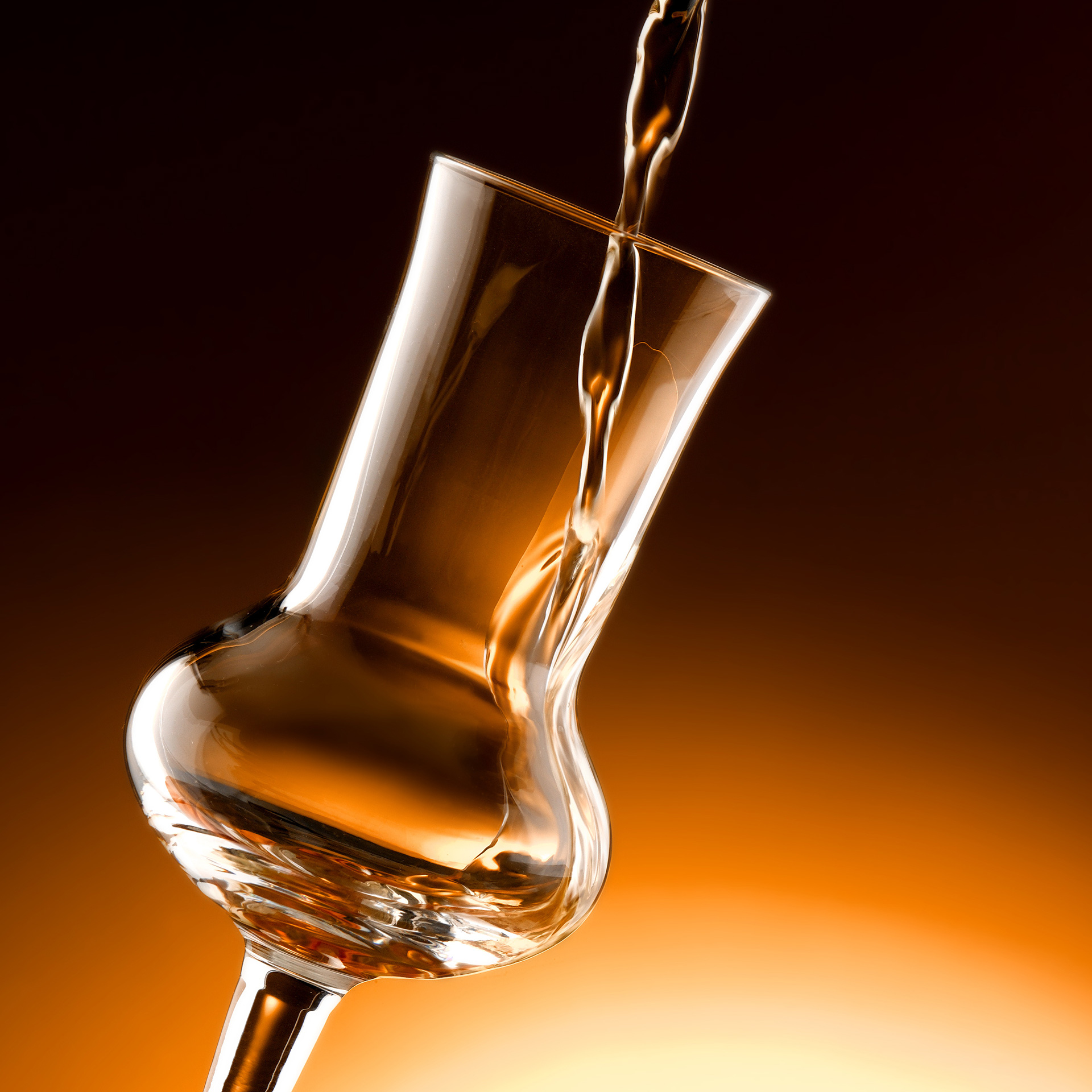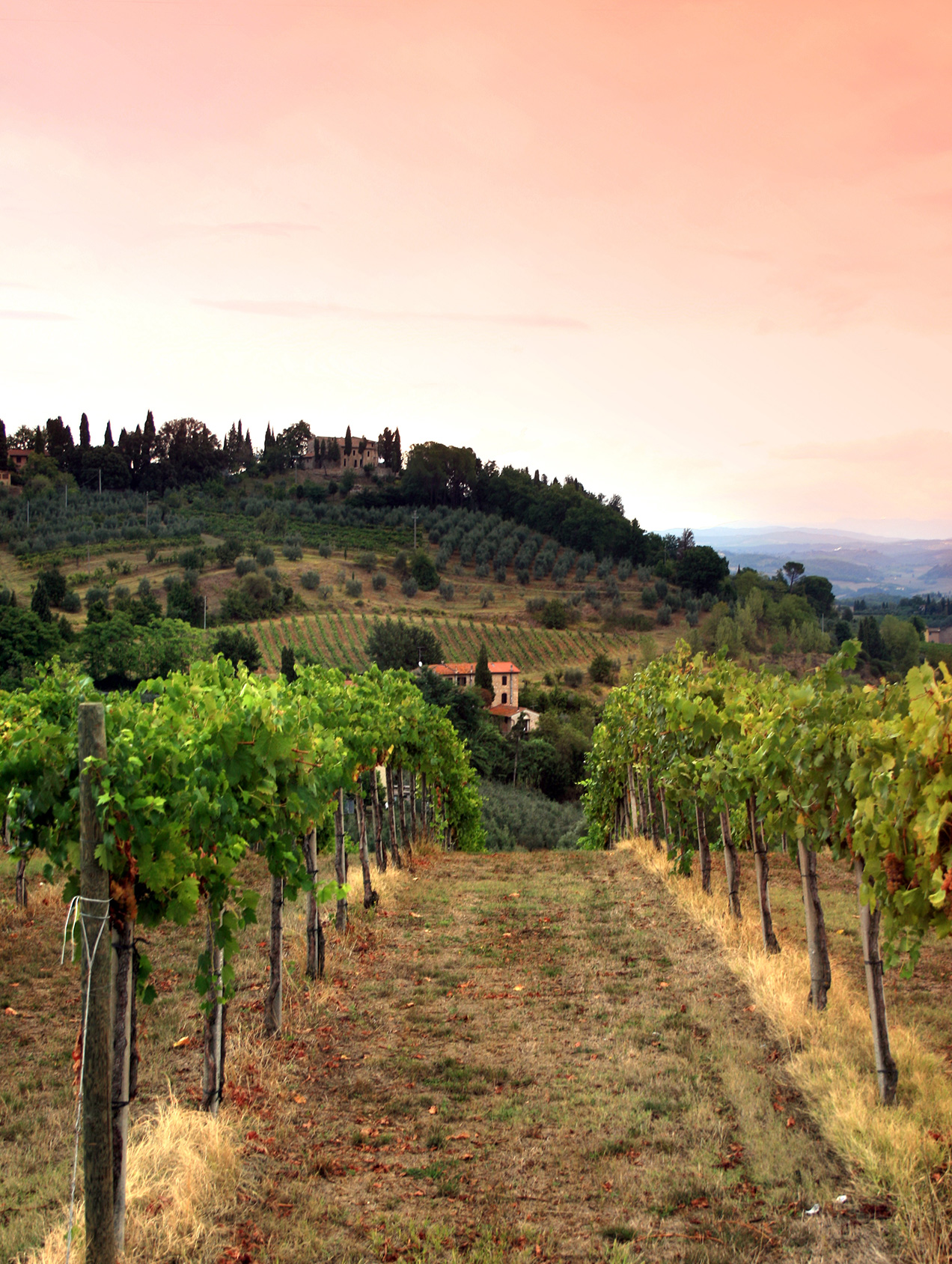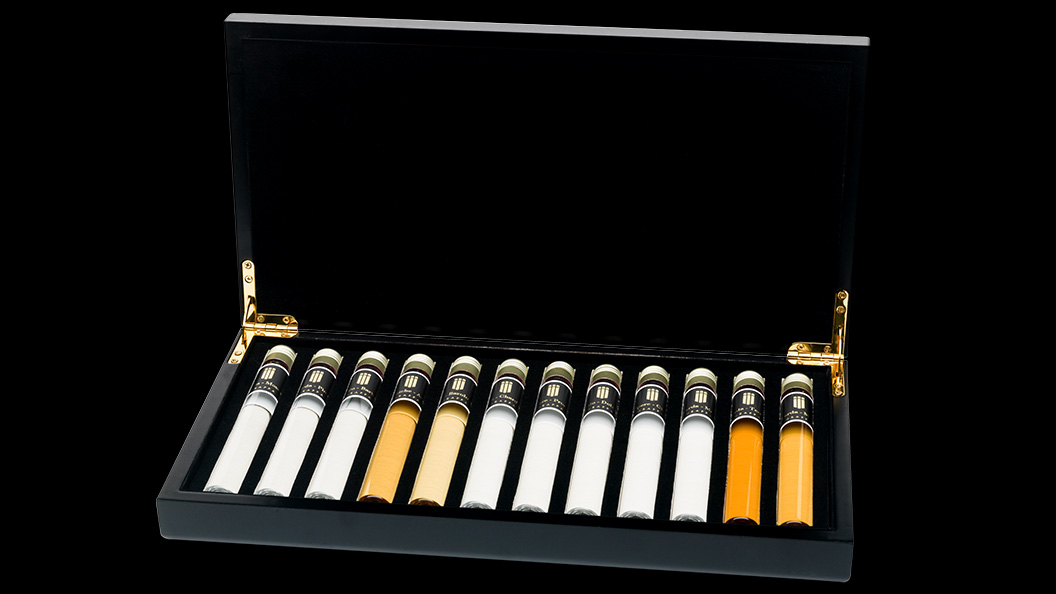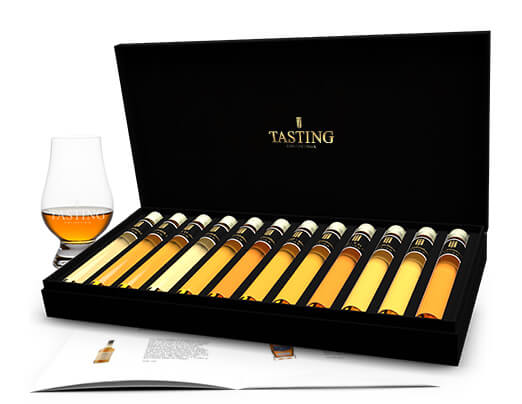GrappaThe grape, with authentic Italian love and experience, transformed into a digestive of absolute class. Discover the best grappas in this tasting. |
What is Grappa?
Grappa is an Italian spirit drink produced from the distillation of the remains of the grapes after winemaking. Grappa contains 35% to 60% alcohol. To soften and sweeten the drink, fruit syrups are sometimes added to grappa. Young grappa is served cold, but is rarely or never mixed with other drinks. Better, older grappa types are best drunk at room temperature to experience the taste better. In Italy, grappa is mainly drunk as a digestive. Grappa helps with the digestion of heavy meals. Grappa can also be added to a cup of espresso, creating a Caffè Corretto, meaning ‘corrected coffee’. Another variant is Amazza Caffè (coffee-killer), where a cup of espresso is followed by a glass of grappa.
The history of Grappa
According to a well-known Italian legend, the first grappa was made in the 2nd century BC by a Roman soldier. He is said to have done this in the northern Italian town Bassano del Grappa with instruments stolen from Egypt. However, this is probably a myth, because the means of distillation from that time were not suitable for making grappa. The first grappa was probably made between 1300 and 1400 in Italië, after the instruments came from Perzië and the Levant via the Crusades. Around this time water was introduced as a coolant in the distillation process and made it possible to produce a considerably larger quantity. Around 1600, the Jesuits in Spain, Italy and Germany began to study and document the techniques. Their methods are still used. In The Museum of Wine and Grappa you can see the historical equipment used for grappa distillation in the early years.

Bassano del Grappa is still seen today as the place where grappa was first made and the town owes its name to this.
The modernisation of grappa distillation is relatively recent, probably in 1979 in Northern Italy. Modern refinements include the distillation of pulp under vacuum, the use of certain grape varieties and maturation in barrels of different types of wood to enhance the taste of the drink. Oak is the most widely used, but some quality grappa is successively aged in oak, acacia, ash and cherry barrels; an innovation, introduced by the Marzadro Distillery.

The production of Grappa
Today, the production of grappa is regulated by the European Union. To call the drink grappa, the drink must have been produced in Italy, San Marino or the Italian part of Switzerland. Also, the drink must be made from pure grape pulp and no extra water may be added to the fermentation and distillation.Grappa is made from excess grape pulp, left over after making wine. This pulp consists of the remains of the grapes, grape skins, flesh, seeds, stalks and what else remains. Grappa was originally made to avoid having to throw away excess grapes at the end of the wine season and to avoid wasting all the remains of the winery. The Grappa is made by fermenting the remains of the grapes and then distilling them. The taste of the grappa can also be influenced during production by the addition of herbs or sweet fruit syrups. The taste of grappa depends on the type and quality of the grapes used, and the distillation process.
The distillation method of the pulp must be suitable solid, so can not be done with a direct flame, but with a bain-marie or steam distillation; otherwise parts of the pulp may burn. The woody parts of the grapes, such as the stalks and seeds, are also fermented with the sugary juice; this produces a very small amount of methanol, which is much more toxic than ethanol. Unlike in the similar process of making red wine, the methanol in grappa is carefully removed during distillation. An Italian law obliges winemakers to sell their pulp to grappa producers; this is a measure taken against ‘moonshinen’, which is now very rare in Italy.
Most recently matured grappa is transparent in colour, indicating that it is an unripened distillate, although some may contain very weak pigments from their original fruit pulp. Lately, grappa’s have become increasingly popular in matured grappas. These take on a yellow or reddish-brown hue from the barrels in which they are stored.

Grappa Tasting Collection
Have you become excited and would you like to taste the best Grappa? Then order a Grappa Tasting Collection, try them all and discover which Grappa you like best!


